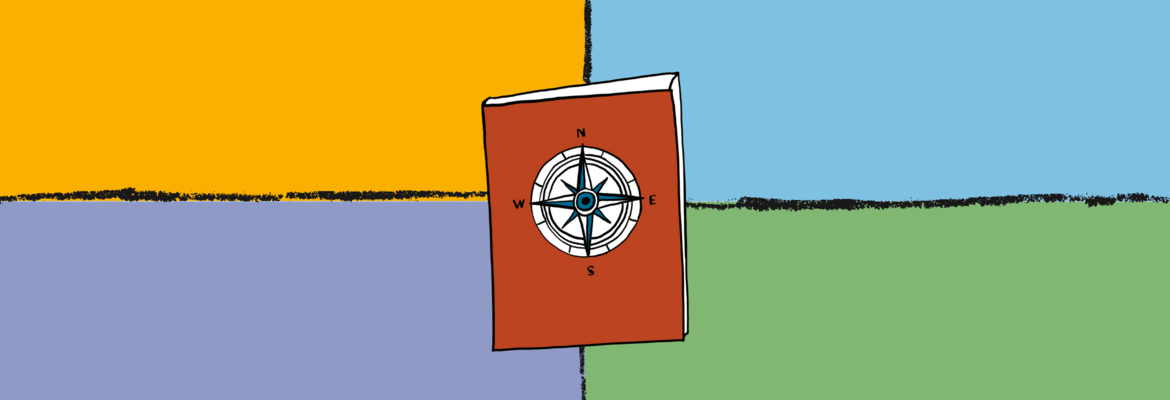#favouritemodel No. 22 - Observation of the 2nd order

These processes are so self-evident for us that we rarely spontaneously "think" about the possibility "it could be completely different". Our perception thus appears to us as a supposedly objective reality. Depending on how we talk to ourselves in inner monologue, we hold this reality stable or occasionally question it. The model observation of the 2nd order is helpful for such reflection.
This model incorporates an insight of Humberto Maturana, according to which everything that is said is said by an observer. Thus, observation as such is not objective, but always contains parts of the observer. Keeping this in mind, the observation process itself becomes a very fascinating object of observation. If we observe others in their observation, we have the chance to learn something about their observation patterns and their perception of reality. Because in an observation of the 2nd order we broaden our view from the content fact of an observation (WHAT) to HOW the observed observer has seen something or has just not perceived it.
The observation of observations offers a wide field of learning. On the one hand, about ourselves, because this act can also be an observation that we can begin with some self-reflection. On the other hand, concerning our fellow human beings, about whom we can learn a lot in their observation and in a common reflection on it, offering them opportunities to introspect.
Both for myself personally and in my work with my clients, and not least as a leadership tool, observation of the 2nd order is a very powerful method for diving deeper into processes of reality construction. The following questions, for example, help with the process:
- What distinctions does the respective observer make?
- What is the focus of the respective observer?
- What is blanked out?
- How does this observation differ from my observation?
- How is this observation different from other observations?
- What patterns of explanation do we learn from the observer about the observation?
- What basic assumptions about themselves and the world do observers reveal?
Especially when it comes to making one's own and other basic assumptions visible and thus processable, this approach, in which we look at how differently realities are constructed, can be immensely helpful. Working on basic assumptions, in turn, is in my experience a compelling success factor for development, change and transformation processes both on an individual level and on a collective level. Because just as we construct our own reality individually, this process also takes place at the level of entire organizations. Collective beliefs are developed here and these can make a difference, for example, whether a change process is seen as necessary or not in the organization (#favouritemodel 17 - House of Change - Satisfaction).
Even if the #favouritemodel observation of the 2nd order seems a bit abstract at first glance, I can say from my experience this approach is very worthwhile because in reflecting on one's own observations lurks self-knowledge and in reflecting on the observations of others a starting point for real change.
How does my #favouritemodel help you?
In addition to the high potential for self-knowledge, observation of the 2nd order helps me personally whenever we work on supposedly unchangeable aspects in projects. This can be the case in coaching as well as in transformation processes.
Paying attention together to constructs, basic assumptions and beliefs helps to address them and thus also to change them, if necessary. That is why I listen particularly well when I encounter phrases like:
- That's just the way it is...
- Everyone knows that...
- I have learned that...
- So far, it has been that...
- It has always been important to us that...
- We don't have that...
- Experience has shown that...
With a deep conviction that change is always possible for us and that our future does not consist of simply continuing our constructions of the past, I often experience that jointly working through one's own patterns of observation enables a new perspective and thus also unfolds new perspectives for change.
Needless to say, this only describes my own reality construction for dealing with this model and I invite you to make your own experiences and reflect on your constructions accordingly.
Feel free to drop me a line if you'd like to exchange thoughts on this. By mail or on LinkedIn. You can find direct links to these channels in my profile.











